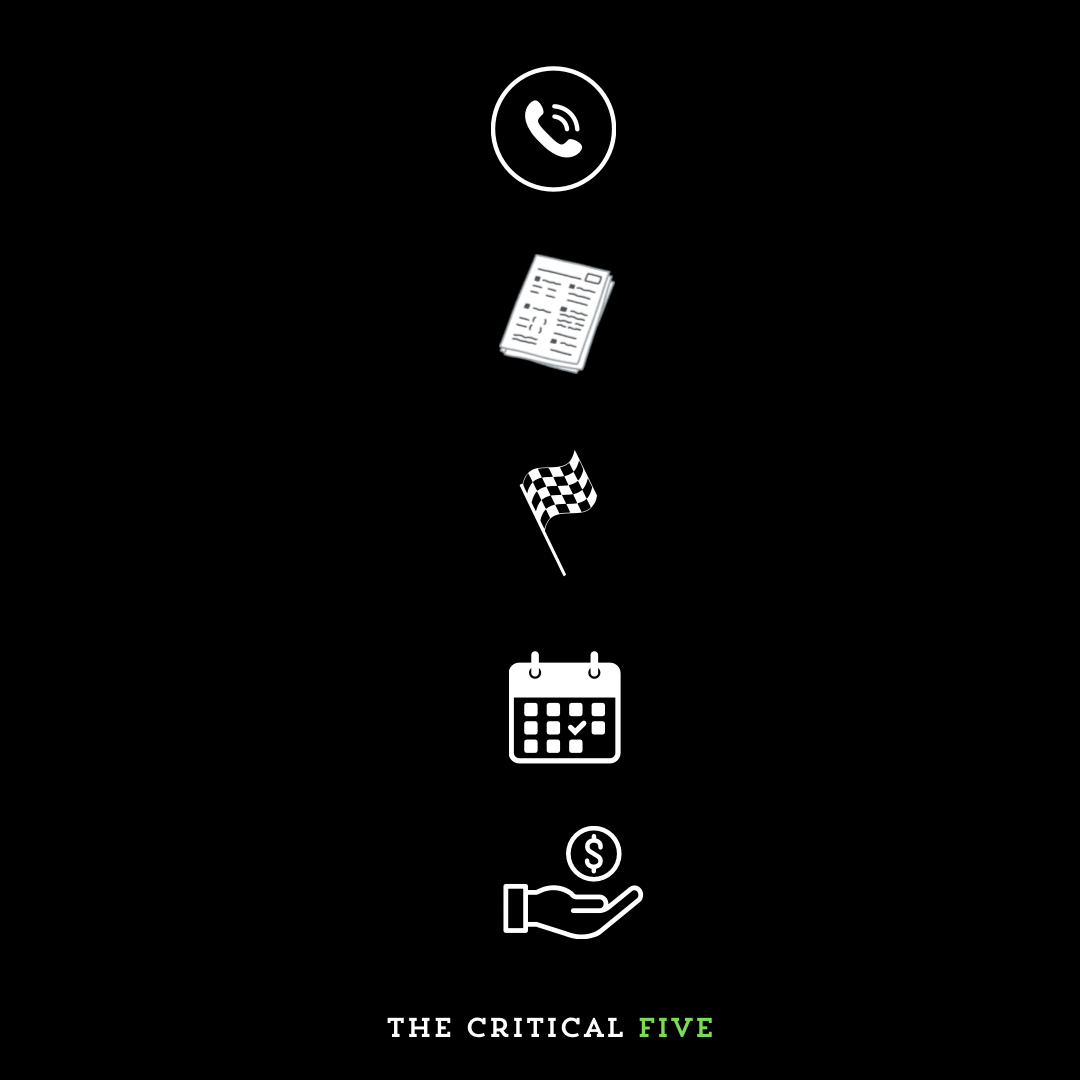- The Moment
- Posts
- Distraction
Distraction
Read time: 3 minutes.
At a glance:
Quote:
Picture
What I’ve Learned
Business Idea
"The successful warrior is the average man, with laser-like focus."

What I Learned:
EMS are trained for the “golden hour.”
The moment a traumatic accident happens, the patient will live or die based on what happens in the next 60 minutes.
‘Load and Go’ is if the patient needs to be in a hospital because the necessary can’t be done onsite, or ‘Stay and Pay’ if the EMS can operate and provide the required medical work.
The team looks for issues of airway, bleeding, and circulation. And what they’re trained for is not to be distracted from those primary objectives. A severed limb typically isn’t life or death, and it can hide what truly is - internal bleeding.
Distractions are the enemy.
While orthodontics isn’t life or death, the same principles apply.
I once showed a case workup in which the animation showed teeth correcting with a properly occluded smile. The teeth were perfect at the end—except that was the distraction. Only the orthodontist in the room saw what was wrong: All the teeth on the lower extruded.
We were all ready to approve. But he wasn’t distracted. Aligners can’t extrude all teeth simultaneously with no anchorage.
He promptly told us to go outside and pull ourselves up by our bootstraps.
Distracted.
When you talk about business metrics with a practice, distractions run rampant.
But there are only five key metrics everyone should have front and center. Calls, exams, starts/production, value per visit, and collections. That’s it. Every business metric can be argued to be a derivative of those and a distraction if the main five aren’t being addressed.
Don’t make it more complicated than necessary to take a minute each week to track each.
Like an EMS, once those priority metrics are addressed, you can focus on all else.
There are only five critical business metrics a practice should track.
